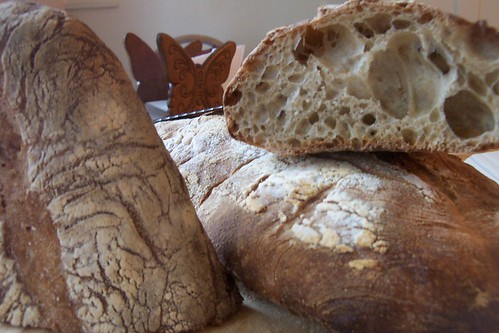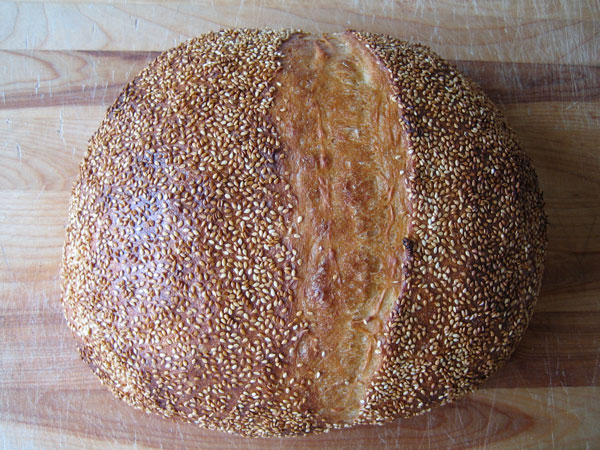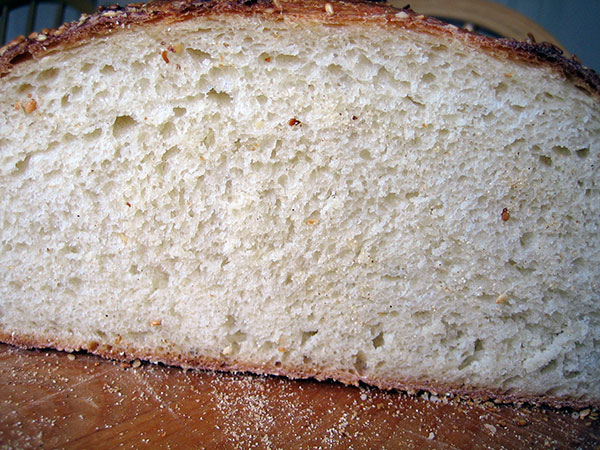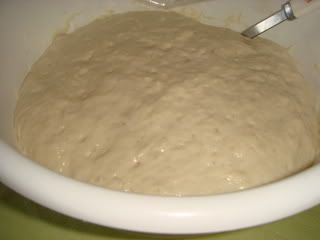Thom Leonard's Country French
I'm posting this recipe for discussion as we have been talking about it on the Glezer firm starter thread. I have made this bread often with variations because I did not have the high-extraction flour yet. I recently purchased the Golden Buffalo flour from Heartland Mill in Kansas and it was superb. I didn’t take photos of those so will next time I make it.
- Log in or register to post comments
- 14 comments
- View post
- zolablue's Blog



 This was a sourdough w/ a half a teaspoon of instant yeast thrown in. About... 65% hydration with about 40% of the flour semolina. It turned out pretty good.
I've been meaning to mention that I have been using the
This was a sourdough w/ a half a teaspoon of instant yeast thrown in. About... 65% hydration with about 40% of the flour semolina. It turned out pretty good.
I've been meaning to mention that I have been using the 